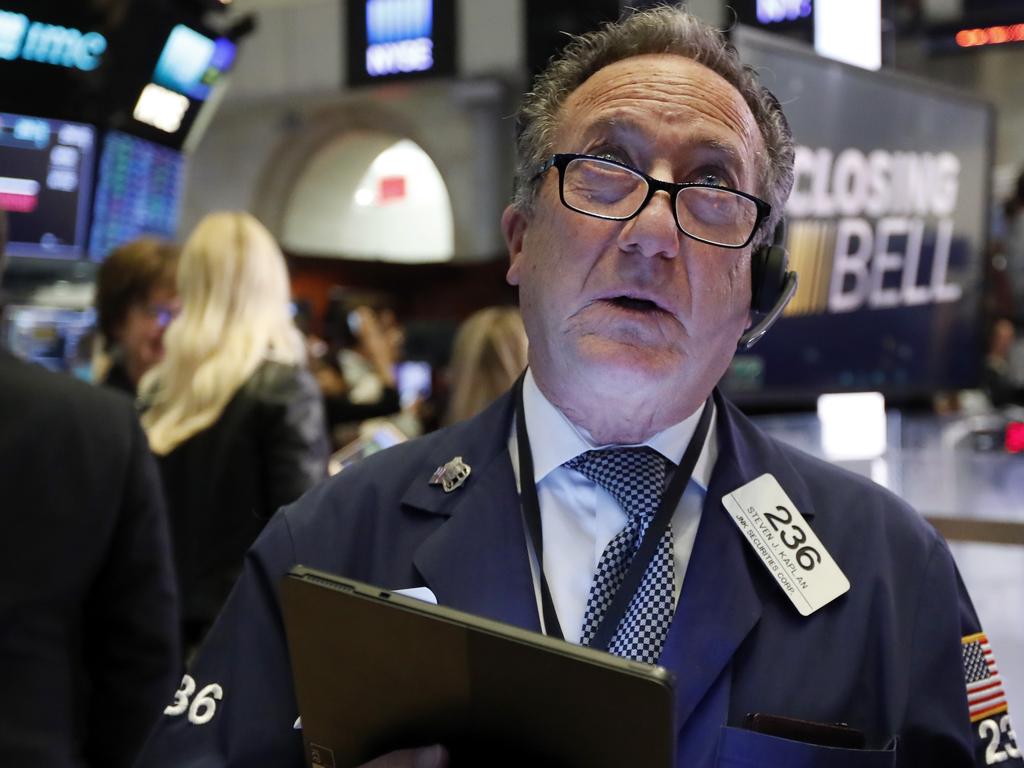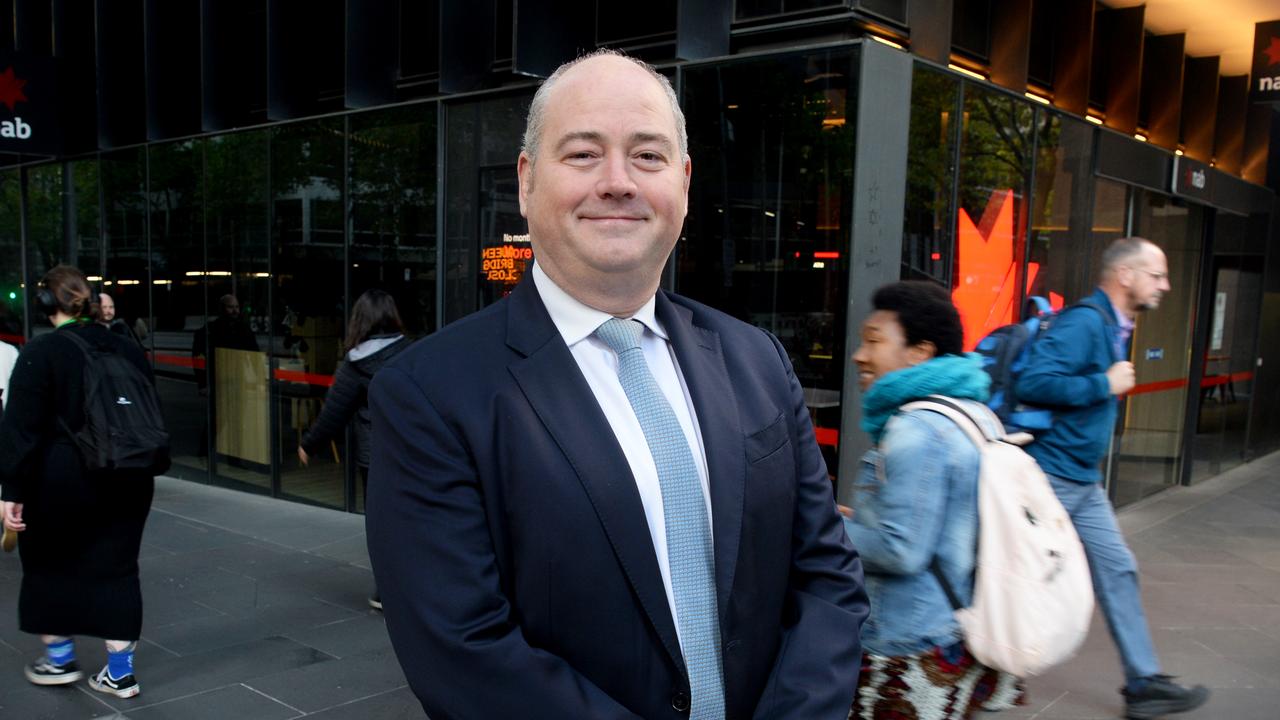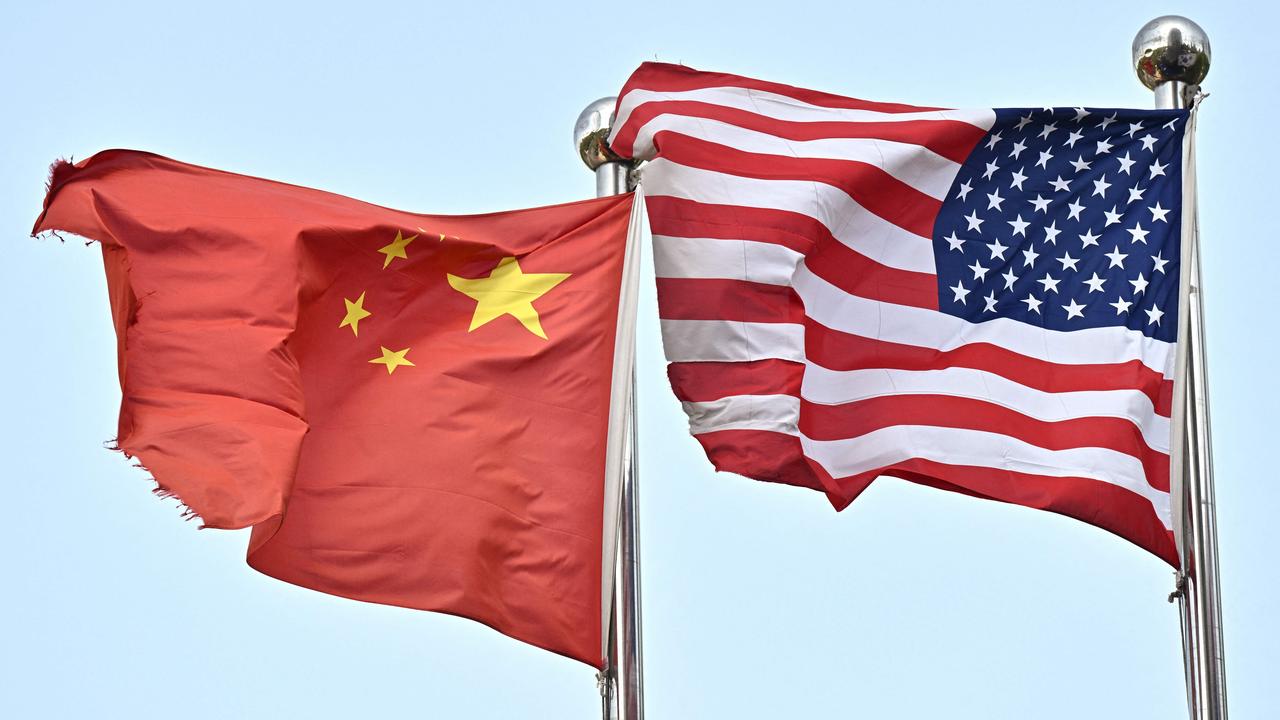New era for ASX as biotech CSL tops board
CSL’s shares surged on Tuesday, resulting in the biotech overtaking CBA to become the biggest listing on the ASX.

CSL’s sharemarket dominance has been spurred on by the Reserve Bank’s rate cut, with the biotech overtaking Commonwealth Bank to become the biggest listing on the ASX.
CSL’s shares surged to a total value of $142.07bn on Tuesday, surpassing CBA’s market capitalisation by a cool $2bn.
It is the first health company to become the ASX’s No 1 stock (not including BHP’s London-listed shares) — heralding a new era for the bourse, historically dominated by the big banks and miners.
The milestone came amid selective bargain-hunting in the local sharemarket, after Wall Street’s rebound on Monday night.
It drove CSL, a defensive stock, up 2.3 per cent, or $6.89, to $313.
By contrast, CBA was hit hard by the RBA’s decision to cut the cash rate to a record-low 0.5 per cent, in a move that will squeeze the bank’s already tight margins.
The bank’s shares, which were priced at $80.92 just before the central bank’s move, fell to a near-three-month low of $79.11, down 1.7 per cent on the day.
It dragged CBA’s market capitalisation down to $140.04bn.
The move further underscores the changing fortunes of the big four banks, which have seen their record low interest rates crunch margins and their shares come under pressure amid a slowing housing market and the launch of a royal commission.
CSL, which hit a record share price of $341 on February 19, has been the quiet achiever on the ASX. The company, which started as Commonwealth Serums Laboratory in 1916, was floated 26 years ago, around the same time as another former government-owned business, CBA.
But unlike CBA, CSL hasn’t appeared in too many headlines. In fact, chief executive Paul Perreault told The Australian last month that he believed most people found the company, which produced plasma-based therapies and flu vaccines, boring.
“Some people might say we are a bit boring because we haven’t changed our strategy,” Mr Perreault told The Australian at CSL’s half-year results.
“Ours is a focused strategy on execution to meet patients’ needs around the world for these specialised medicines that are usually non-discretionary.”
Even when CSL was a whisker away from overtaking CBA, after its shares surged 57 per cent in the past 12 months, Mr Perreault downplayed the achievement.
“It’s nice, I guess, because it shows people believe in CSL and what we do and our good returns for shareholders. But our goal was never to be the biggest [company on the ASX]. The goal was to execute on our strategy and take care of patients. That’s turned out to be a pretty good strategy. And they should feel good about going into next year. I certainly do.”
The strategy has been built largely around research and development — CSL invests about $1bn a year in drug trials — to build its pipeline of future blockbusters.
CSL has also been lending its resources to the University of Queensland as the university moves to fast-track the development of a vaccine for the coronavirus, which has killed more the 3000 people and infected tens of thousands more.
Meanwhile, the big banks have also reversed their offshore growth strategies, offloading assets while also slimming down in the local market.
To capitalise on increasing global demand for immunoglobulin therapies, which are used to treat immunodeficiencies and have been the biggest driver of CSL’s growth, the company is continuing to open plasma collection centres.
CSL opened 30 new plasma collection centres last year, taking the total number to more than 230. This year it plans to open another 40 to keep up with the strong demand.
It is now the No 1 company in the plasma market, which is worth about $US30bn ($45.8bn).
CSL is also rolling out the five new products it launched in the 24-month period to March 2018 to countries outside the US and the top five European nations.
JPMorgan analyst David Low said CSL was well positioned for another year of strong earnings growth, supported by its core immunoglobulin franchise, as well as key therapies — Idelvion, Haegarda and Hizentra — and robust demand.
“In addition, the ongoing ramp-up of the influenza business offers another source of earnings growth,” Mr Low wrote in a note to investors after CSL delivered an 8 per cent rise in half-year profit to $US1.248bn.
“While there are a number of competitive threats on the horizon, we recognise that CSL has regularly faced competitive challenges and has a well-deserved reputation for developing or finding new sources of income to support earnings growth.”








To join the conversation, please log in. Don't have an account? Register
Join the conversation, you are commenting as Logout